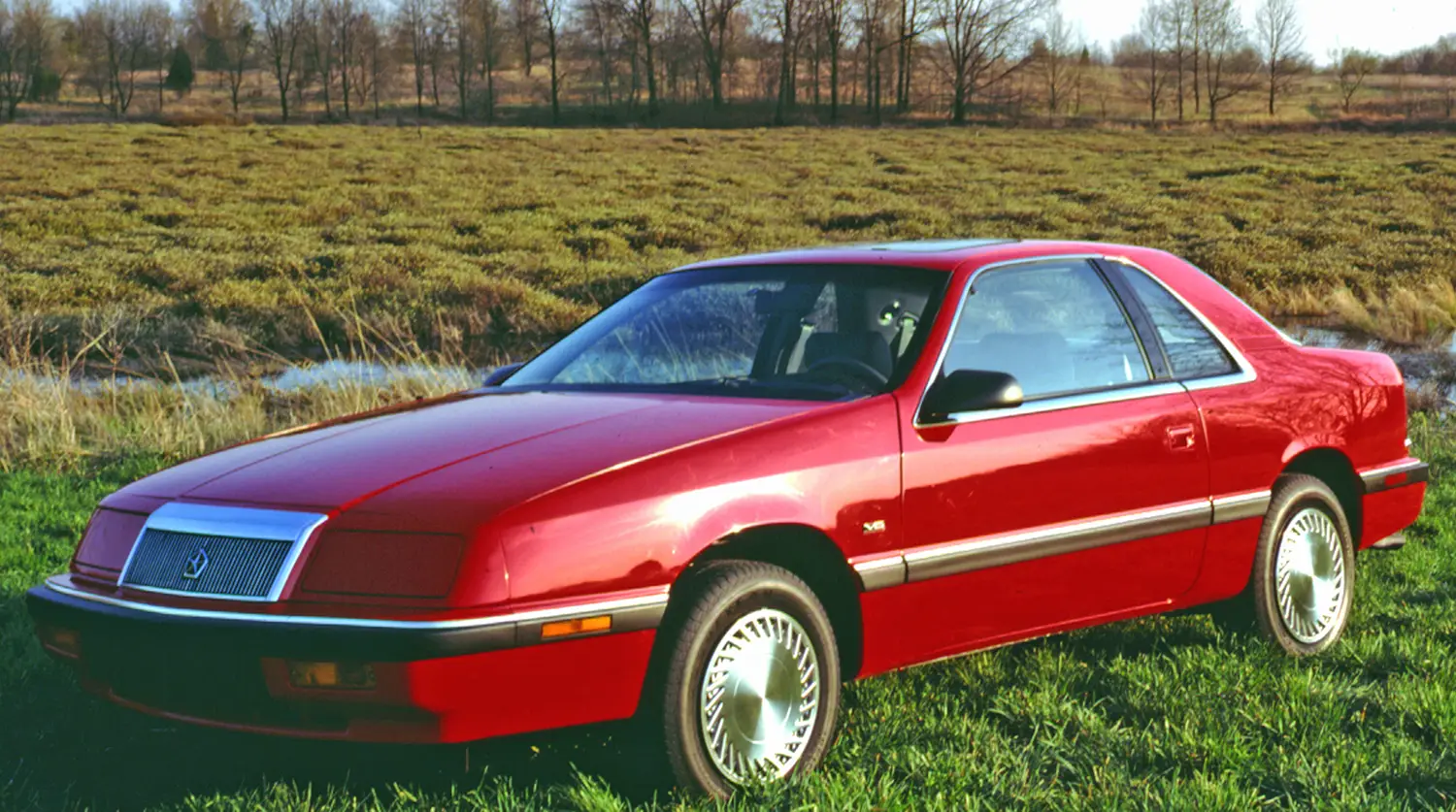
The 1991 Chrysler LeBaron Coupe represents the final form of Chrysler’s personal luxury offering for the early 1990s. This stylish two-door, built on the J-body platform, stood as a significant departure from its K-car-derived predecessor. It aimed to offer buyers an affordable blend of European styling cues and dependable American engineering. The LeBaron was a crucial part of Chrysler’s strategy to recover its market share and reputation for quality automobiles.
A Dramatic Shift in LeBaron Styling
The J-body platform, which debuted for the 1987 model year, completely redefined the LeBaron’s image. It replaced the boxy lines of the earlier K-car variants with a low-slung, aerodynamic profile. The car featured a raked windshield and smoothly curved body panels, giving it a much more contemporary look. This design was considered genuinely attractive by consumers and critics alike when it was first introduced.
The Iconic Concealed Headlights
One of the most distinctive design features of the 1991 Chrysler LeBaron Coupe was its hidden quad headlamp system. These lights were tucked neatly behind retractable covers when not in use, creating a clean, unbroken fascia. The streamlined front end provided a sleek and modern appearance that helped the car stand out. This design feature was highly fashionable in the personal luxury segment during that era.
Upgraded Cabin and Interior Focus
The cabin environment of the 1991 model received important updates, continuing the focus on comfort and accessible luxury. The interior boasted an all-new dash, door panels, and center console design. Chrysler eliminated the less popular digital instrumentation option, opting for a clearer, more conventional analog gauge cluster. These refinements created a more premium and cohesive aesthetic for the driver and passengers.
Trims and Appointments in the 1990s
For 1991, the coupe was available in several trims, including the Highline and the sportier GTC. Even the base models featured a good list of standard amenities, including a driver’s side airbag, which was becoming increasingly important to safety-conscious buyers. Optional leather seating surfaces and power accessories contributed to a true sense of personal luxury. The overall design provided a comfortable experience for five occupants.
Engine Options, Performance, and Specifications
The powerplants available for the 1991 Chrysler LeBaron Coupe offered a blend of economy and performance. The standard engine was the reliable 2.5-liter naturally aspirated inline-four, though the more popular option was the smooth Mitsubishi-sourced 3.0-liter V6. This V6 engine produced 141 horsepower at 5,000 rpm and 171 lb-ft of torque at 3,600 rpm. This power was managed by an available four-speed automatic transmission, a significant upgrade over the earlier three-speed units. For those seeking greater acceleration, the Highline and GTC trims could be optioned with a turbocharged 2.5-liter four-cylinder. This turbo engine generated 152 horsepower and 210 lb-ft of torque. The coupe featured a solid 100.3-inch wheelbase and utilized a front-wheel-drive layout. The combination of decent power and a responsive chassis allowed the LeBaron to handle confidently.
The LeBaron’s Enduring Market Presence
Although based on a modified K-car foundation, the J-body LeBaron Coupe successfully transcended its humble origins. It offered a stylish, well-equipped package that was competitively priced against rivals from other domestic and foreign brands. The car’s success helped solidify Chrysler’s position in the personal luxury segment throughout the late 1980s and early 1990s. The 1991 Chrysler LeBaron Coupe remains a distinctive piece of automotive design, fondly remembered for its sleek profile and retractable headlights.
Disclaimer: Content on this site is for informational purposes only. Vehicle specs, pricing, and availability may change. Always verify details with official sources before making decisions. Opinions are those of the authors.
Source: Stellantis

